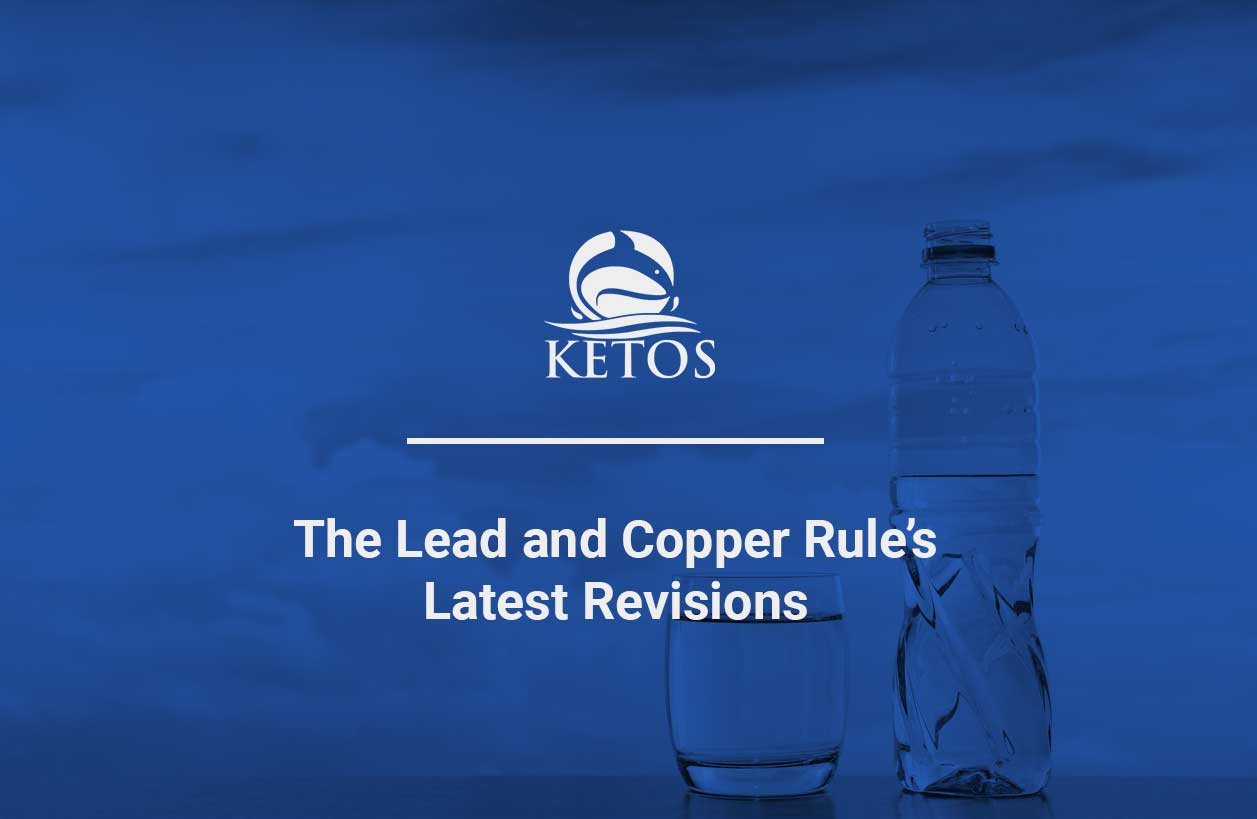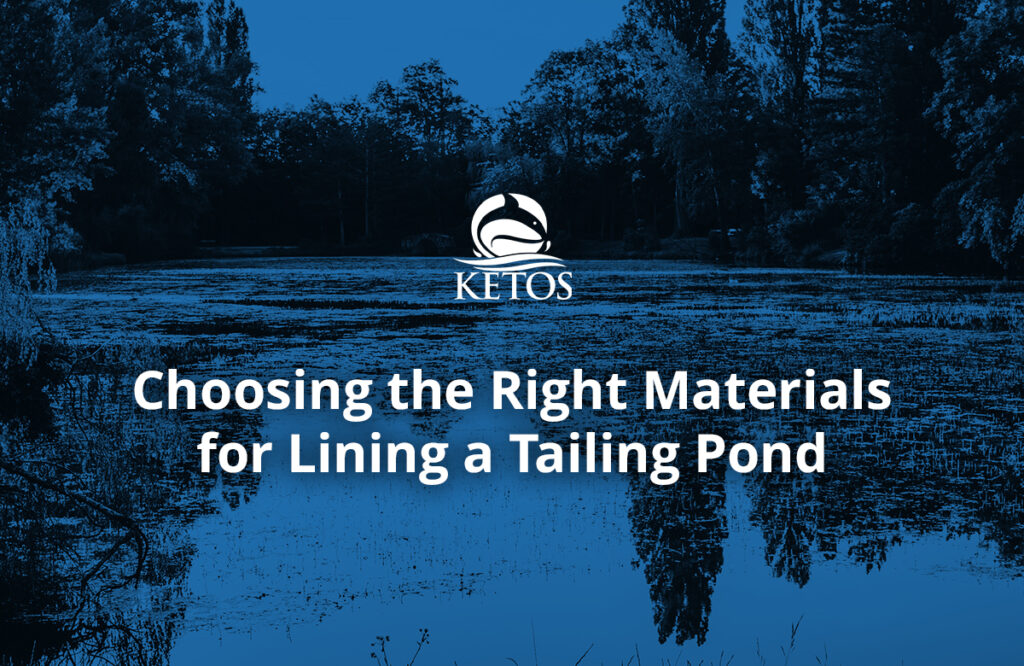In June of 2021, the EPA’s Lead and Copper Rule was revised. First issued in 1991 under the Safe Drinking Water Act, the Lead and Copper Rule (LCR) was designed to limit lead and copper levels in drinking water and limit the permissible levels of pipe corrosion.
While the past 25 years have seen a marked improvement in public health, the EPA recently revised the LCR to better protect children and communities from lead exposure.
Recent Lead and Copper Rule Changes
The approved changes to the Lead and Copper Rule were designed to take on a more proactive approach to improve upon the existing rule. These changes focus on six specific areas:
- Identifying the most impacted areas
- Strengthening requirements for drinking water
- Replacing service lines contaminated with lead
- Increasing the reliability of sampling water
- Communicating risk more effectively
- Protecting child care facilities and schools
These new areas of focus will enable officials to better track risks and the water quality in a way that is more immediate and reduces the chance that contamination will spread due to slow detection and reaction times. Some of the updates also allow for a more proactive/real-time approach to measuring water quality.
Improvements under the new rule include:
- Using testing protocols that are science-backed to find more sources of lead in drinking water.
- Establishing a trigger level to help with early mitigation
- Seeking out and completing more lead service line replacements
- Requiring water quality testing in schools and child care facilities
- Requiring water systems to identify lead service line locations publicly
Where Does Lead in Water Come From?
While lead is rarely found in naturally occurring water sources, it can be found in unhealthy qualities in water infrastructure. This is primarily due to the past use of lead pipes, solder, and brass fittings from fixtures and faucets. The lead in these items can dissolve into water or flake off and be consumed as small particles.
In the United States, many lines still contain lead. In 1991, when the LCR was first implemented, the EPA estimated the country had about 10 million lead lines nationwide. More than 20 years later, approximately 6.1 million remain.
The Lead and Copper Rule and How Technology Can Play a Leading Role
With new requirements that call for testing water in schools and child care facilities, regular and reliable testing must be done. The issue, of course, is that testing can be expensive, require manual intervention, and can take days to weeks to reveal results with manual samples needing to first be taken to labs for processing.
Solutions like KETOS, however, would allow schools and child care facilities to have on-site real-time monitoring – and real-time reporting and alerts available for them and governing bodies. They would be able to set threshold-based alerts for a variety of parameters – including copper, lead, and mercury levels – to ensure the drinking water is safe, clean, and contaminant-free.
With recent advances in water quality technology, manual testing can be replaced by autonomous sensors that are sensitive enough to measure water content with lab-accurate results. KETOS, for example, can monitor water with lab precision and is able to measure with ppb accuracy, all while allowing for the scheduling of tests at predetermined intervals and with the ability to create threshold-based alerts within systems. That means that automated testing can be set up on an hourly, daily, or monthly basis, and alerts can be set to immediately warn stakeholders about a spike of any of the dozens of recognized contaminants or parameters.
Protecting Communities Without Large Infrastructure Changes
While protecting communities and children is of paramount importance, the reality is, especially in lower-income areas, that there are often capital constraints that prohibit re-constructing large swaths of existing infrastructure. While lead pipes can and must be removed, updating a system for better water safety monitoring does not have to require ripping out existing equipment.
In fact, the brilliance of a KETOS-designed solution is the fact that it’s modular and interoperable. That means KETOS hardware can plug into existing infrastructure, communicate with existing SCADA systems, and centralize data and alerts without having to replace any existing systems. This is all available for one flat monthly fee with testing that’s available 24/7 for pennies on the dollar.
Conclusion
Monitoring our water infrastructure and water quality doesn’t have to be expensive, disruptive, or difficult. Technological advancements have made it easier than ever to test more often and more accurately, and costs have been reduced significantly. While lead may still exist in many pipes across the country, the updates to the Lead and Copper Rule, in conjunction with technological advancements, will help ensure the water that comes from taps in every corner of the country is safe to consume and contaminant-free.










